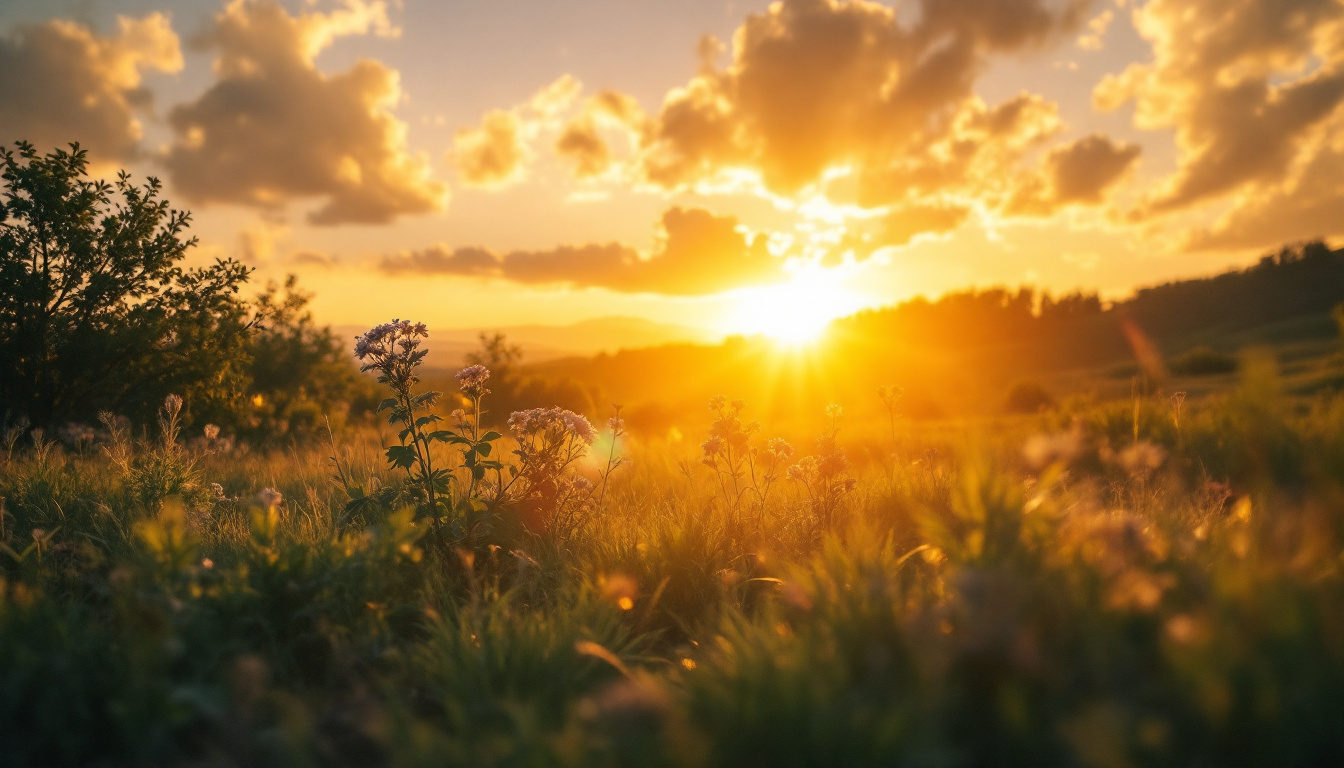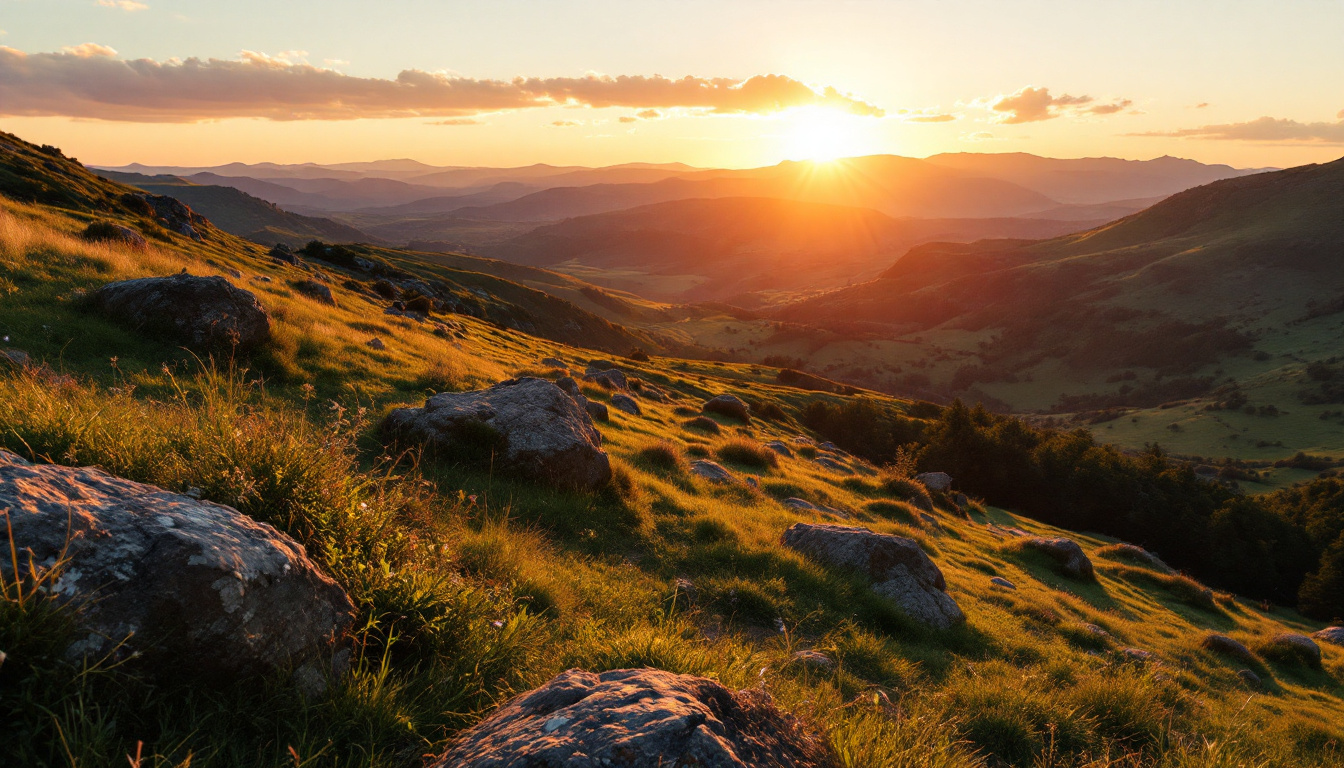Exposure is a fundamental concept in photography that determines how light or dark an image will appear when it’s captured. It is the result of the combination of three essential elements: aperture, shutter speed, and ISO. Understanding exposure is crucial for photographers because it affects the overall quality and mood of the photograph. By mastering exposure, photographers can manipulate light to create stunning images that convey the desired emotion and message.
The Three Pillars of Exposure
Aperture
Aperture refers to the opening in a camera lens through which light passes to enter the camera. It is measured in f-stops, such as f/2.8, f/4, f/5.6, etc. A lower f-stop number indicates a larger aperture, allowing more light to hit the camera sensor. This can be particularly useful in low-light conditions. A larger aperture also creates a shallow depth of field, which is ideal for portraits where the subject is in focus and the background is blurred.
Conversely, a higher f-stop number means a smaller aperture, letting in less light. This is beneficial in bright conditions and helps achieve a greater depth of field, making it suitable for landscape photography where both the foreground and background need to be in focus. Understanding how to adjust the aperture allows photographers to control the amount of light entering the camera and the depth of field in their images.
Shutter Speed
Shutter speed refers to the amount of time the camera’s shutter remains open to allow light to reach the sensor. It is measured in seconds or fractions of a second, such as 1/500, 1/250, 1/60, etc. A fast shutter speed, like 1/1000 of a second, can freeze motion, making it ideal for capturing fast-moving subjects like sports or wildlife.
On the other hand, a slow shutter speed, such as 1/30 of a second or longer, allows more light to enter the camera and can create motion blur. This technique is often used in low-light situations or to convey movement in a scene, such as flowing water or moving traffic. Mastering shutter speed is essential for controlling the exposure and capturing the desired motion effect in photographs.
ISO
ISO measures the sensitivity of the camera’s sensor to light. A lower ISO value, such as ISO 100 or 200, means the sensor is less sensitive to light, resulting in less noise and finer image quality. This setting is ideal for bright conditions where ample light is available.
A higher ISO value, like ISO 1600 or 3200, increases the sensor’s sensitivity to light, which is useful in low-light situations. However, higher ISO settings can introduce noise or graininess into the image, which may affect the overall quality. Balancing ISO with aperture and shutter speed is crucial for achieving the right exposure without compromising image quality.
How to Achieve Proper Exposure
Using the Exposure Triangle
The exposure triangle is a visual representation of the relationship between aperture, shutter speed, and ISO. These three elements work together to determine the exposure of an image. Adjusting one element will affect the others, and finding the right balance is key to achieving proper exposure.

For example, if you increase the aperture size to let in more light, you may need to adjust the shutter speed or ISO to compensate and maintain the desired exposure. Understanding how these elements interact allows photographers to make informed decisions when capturing images in different lighting conditions.
Metering Modes
Modern cameras are equipped with metering modes that help photographers determine the correct exposure settings. Common metering modes include evaluative (or matrix), center-weighted, and spot metering. Evaluative metering considers the entire scene and is suitable for most situations, while center-weighted metering focuses on the central part of the frame. Spot metering measures a small area of the scene, which is useful for high-contrast situations.
Choosing the appropriate metering mode can assist in achieving the desired exposure by providing accurate readings of the light in the scene. Experimenting with different metering modes can help photographers understand how light is distributed and how to adjust settings accordingly.
Exposure Compensation
Exposure compensation is a feature that allows photographers to adjust the exposure settings recommended by the camera’s metering system. It is measured in stops, with positive values increasing exposure and negative values decreasing it. This tool is useful when the camera’s automatic settings do not produce the desired result, such as in backlit scenes or high-contrast environments.
By using exposure compensation, photographers can fine-tune the exposure to achieve the desired effect, ensuring that highlights and shadows are captured accurately. This feature provides additional control over the exposure process and helps photographers adapt to challenging lighting conditions.
Common Exposure Challenges
Dealing with Low Light
Low-light conditions can be challenging for photographers, as they require careful adjustment of exposure settings to capture clear and detailed images. Increasing the ISO can help, but it may introduce noise. Using a larger aperture allows more light to enter the camera, but it can result in a shallow depth of field.

In such situations, using a tripod can be beneficial, as it allows for longer shutter speeds without camera shake. Additionally, photographers can explore creative solutions like using external lighting or reflectors to enhance the available light and achieve the desired exposure.
Handling High Contrast Scenes
High contrast scenes, where there is a significant difference between the brightest and darkest areas, can pose a challenge for achieving proper exposure. In these situations, spot metering can be useful to ensure that the subject is correctly exposed, even if it means sacrificing detail in other parts of the image.
Photographers can also use techniques like bracketing, where multiple shots are taken at different exposures, to capture the full range of tones in a scene. These images can then be combined in post-processing to create a balanced final image. Understanding how to manage high contrast scenes is essential for capturing images with both highlight and shadow detail.
Creative Uses of Exposure
Long Exposure Photography
Long exposure photography is a technique that involves using slow shutter speeds to capture the movement of subjects over time. This can create stunning effects, such as smooth water, light trails, or star trails. To achieve long exposure images, a tripod is essential to keep the camera steady during the extended exposure time.

Experimenting with long exposure can lead to creative and artistic images that convey motion and time in a unique way. It requires careful planning and consideration of the exposure settings to ensure that the final image is well-exposed and captures the desired effect.
Intentional Overexposure and Underexposure
While achieving proper exposure is often the goal, intentional overexposure or underexposure can be used creatively to convey a specific mood or atmosphere. Overexposure can create a dreamy, ethereal look, while underexposure can add drama and mystery to an image.
These techniques require a good understanding of exposure settings and how they affect the final image. By deliberately adjusting the exposure, photographers can push the boundaries of traditional photography and create images that evoke strong emotional responses.
Conclusion
Exposure is a critical aspect of photography that influences the overall appearance and quality of an image. By mastering the three pillars of exposure—aperture, shutter speed, and ISO—photographers can control the amount of light entering the camera and capture images that reflect their creative vision. Understanding exposure allows photographers to adapt to various lighting conditions, overcome challenges, and explore creative possibilities in their work.
Whether capturing a fleeting moment or crafting a deliberate artistic expression, exposure plays a vital role in the storytelling power of photography. By continually practicing and experimenting with exposure settings, photographers can enhance their skills and produce compelling images that resonate with viewers.
Now that you understand the importance of exposure in photography, it’s time to take your professional workflow to the next level with Cliqora. Our SaaS platform is designed to streamline the way you share your perfectly exposed images with clients. With super fast resumable uploads and a mobile app that keeps content accessible forever, Cliqora ensures your clients can enjoy your work with ease. Plus, our AI face detection allows for private sharing of specific images. Say goodbye to the hassle of hard drives and Google Drive. Manage your clients, contracts, and payments all in one place. Sign up for Early Access and create your first Project on Cliqora for free! Embrace the future of photography client management today.



